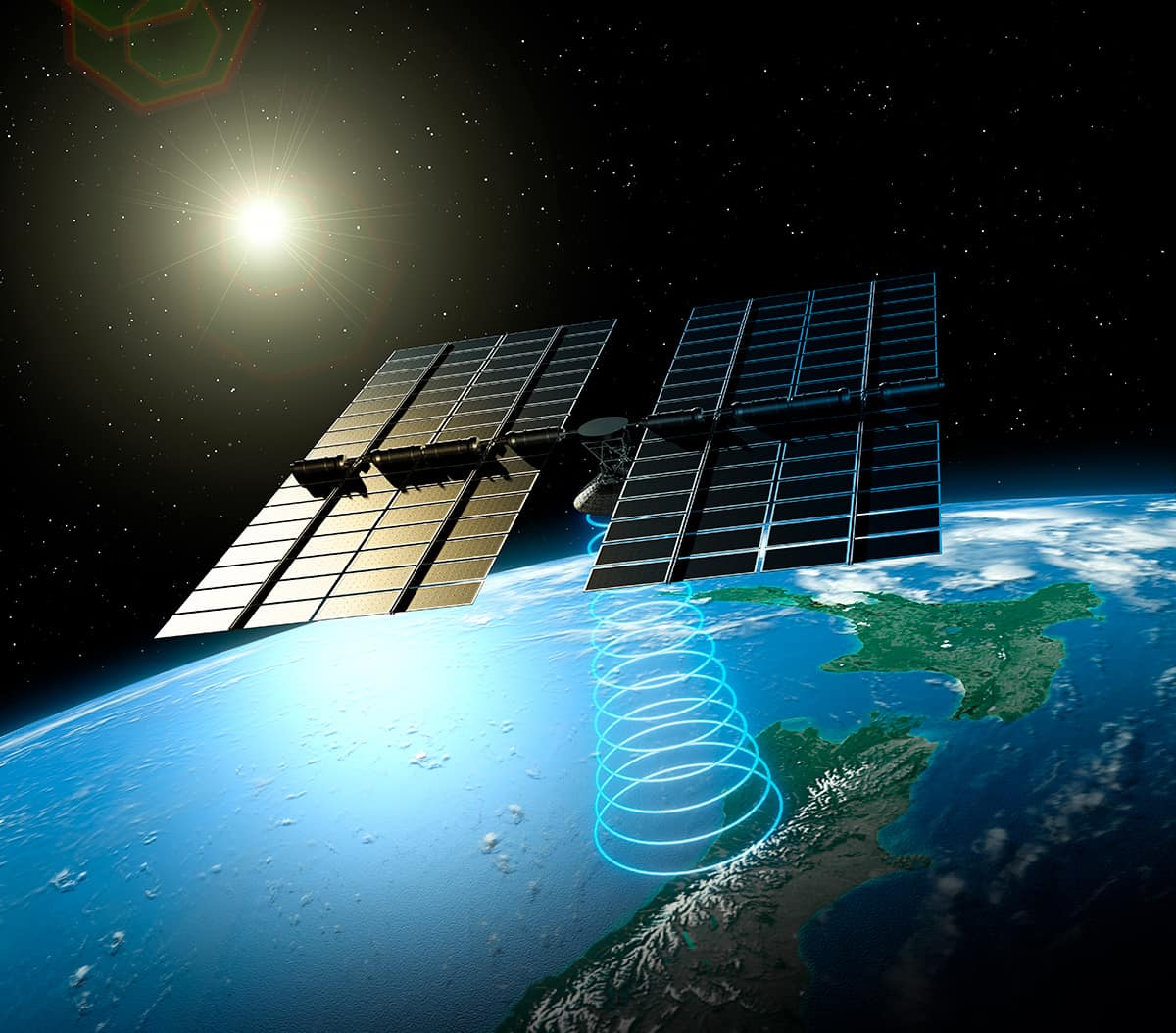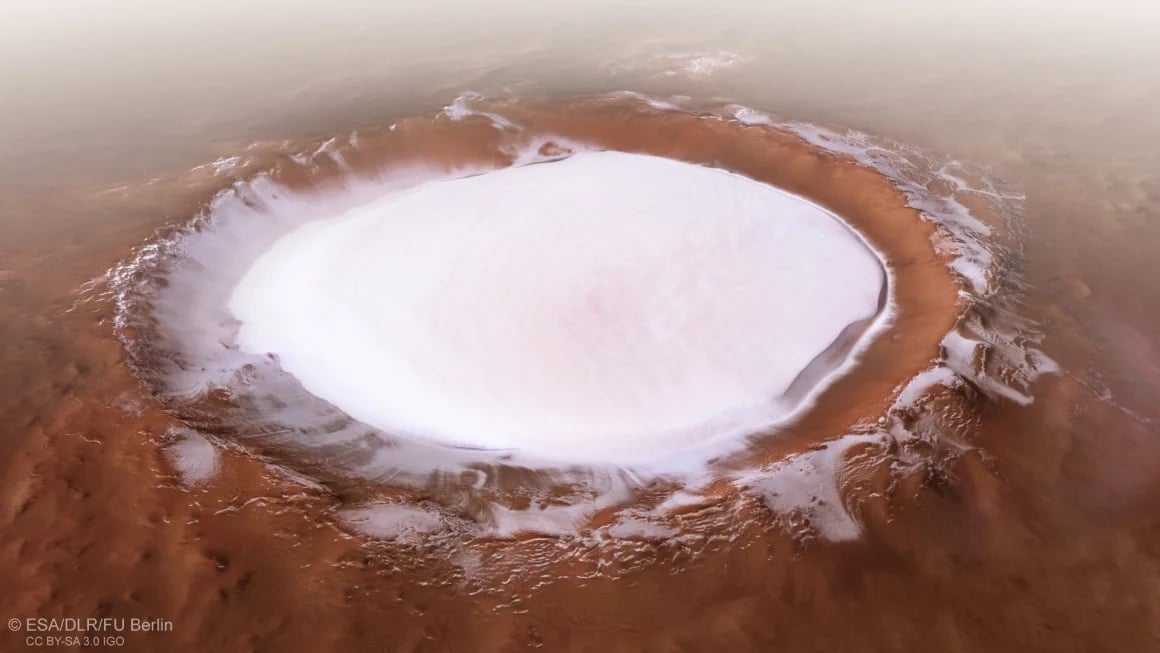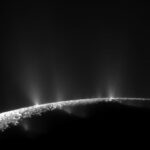Some ancient marine organisms produced mysterious magnetic particles of unusually large size, which can now be found as fossils in marine sediments.
A new study has revealed how phosphorus, a nutrient essential for photosynthesis, surged into ancient oceans and started Earth’s first major rise in atmospheric oxygen more than 2 billion years
Astrophysicists from Keele University, alongside an international research team supported by NASA, detected large complex organic molecules in ices outside the Milky Way for the first time—offering a glimpse into
By treating optical telescopes as an array of smaller telescopes, astronomers could observe exoplanets more clearly.
Space-based solar power has been gaining more and more traction recently. The recent success of Caltech’s Space Solar Power Project, which demonstrated the feasibility of transmitting power from space to
What can cryovolcanism on Pluto teach scientists about the dwarf planet’s current geological activity? This is what a recent study published in The Planetary Science Journal hopes to address as
Mars has experienced multiple ice ages, with each one leaving less ice than the last. By studying craters that serve as “ice archives,” researchers traced how the red planet stored
When the James Webb Space Telescope (JWST) began operations, one of its earliest surveys was of galaxies that existed during the very early universe. In December 2022, these observations revealed
After Christmas dinner in 2021, our family was glued to the television, watching the nail-biting launch of NASA’s US$10 billion (AU$15 billion) James Webb Space Telescope. There had not been
Astronomers are listening for cosmic gravitational waves in the rhythm of pulsars. But even after finding them, they will need to distinguish between cosmic waves and the more local waves
-
 012024 in Review: Highlights from NASA in Silicon Valley
012024 in Review: Highlights from NASA in Silicon Valley -
 02Panasonic Leica Summilux DG 15mm f/1.7 ASPH review
02Panasonic Leica Summilux DG 15mm f/1.7 ASPH review -
 03How New NASA, India Earth Satellite NISAR Will See Earth
03How New NASA, India Earth Satellite NISAR Will See Earth -
 04And Thus Begins A New Year For Life On Earth
04And Thus Begins A New Year For Life On Earth -
 05Astronomy Activation Ambassadors: A New Era
05Astronomy Activation Ambassadors: A New Era -
06SpaceX launch surge helps set new global launch record in 2024
-
 07Space Force plans new ‘Futures Command’ amid pressure to speed up modernization
07Space Force plans new ‘Futures Command’ amid pressure to speed up modernization










